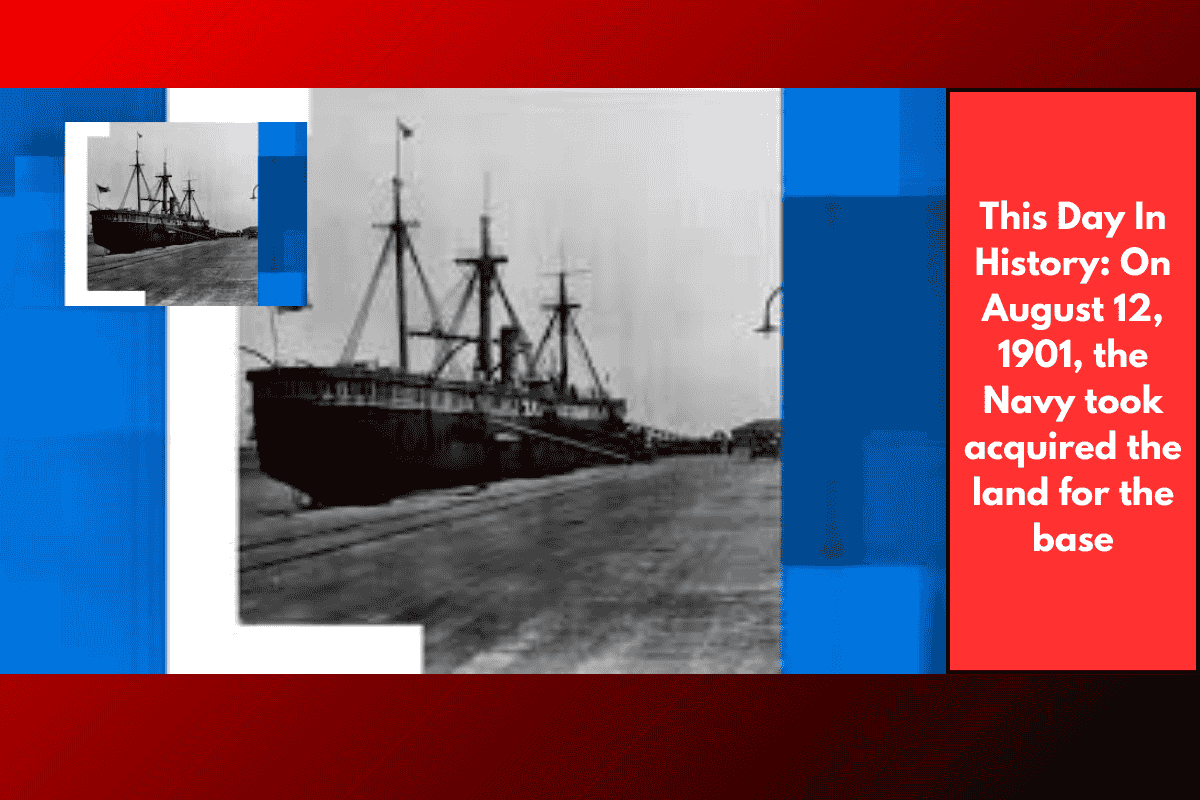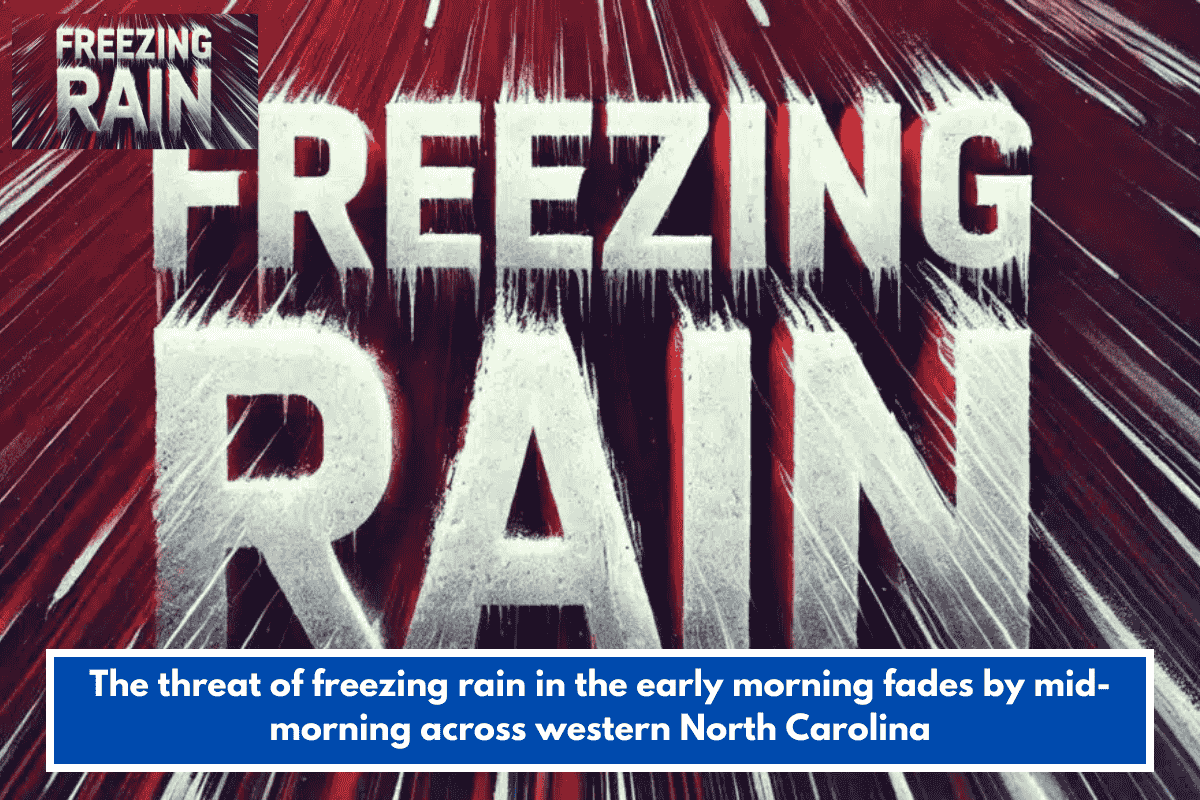On August 12, 1901, the U.S. Navy officially took possession of land that would eventually become the iconic Charleston Naval Base. Located on the west bank of the Cooper River, just north of its confluence with the Ashley River, the land was initially designated as the Navy Yard.
Early Construction and Expansion
Construction on the Navy Yard began swiftly, with the creation of buildings and the establishment of a dry dock—the largest on the East Coast at the time. By 1910, work on vessels for the naval fleet commenced, initially focusing on repairs. Over time, the facility expanded to build a range of vessels, including dredges, cutters, gunboats, submarine chasers, tugs, barges, and even steamboats.
Boom Times During the World Wars
World War I sparked a major boom in shipbuilding, and while production slowed in the 1920s, it surged again during World War II. Civilian employment at the yard swelled to over 25,000 workers, marking a peak in its operations.
Transition to Naval Base
In 1945, the Navy Yard was officially renamed the Naval Base, with the shipyard becoming just one of its many components. The Charleston Naval Base played a vital role in U.S. military operations during the Korean, Vietnam, and Cold Wars, contributing to national defense throughout the mid-to-late 20th century.
Closure and Redevelopment Plans
After the Cold War, however, the base’s operations began to wind down, and it was officially shut down in 1996. In 2023, the North Charleston City Council approved a mixed-use redevelopment plan for 50 acres of the riverfront property, now known as Battery Park, marking a new chapter for the historic site.
This transformation from a military hub to a mixed-use development symbolizes the ongoing evolution of Charleston’s landscape while honoring its rich history.













